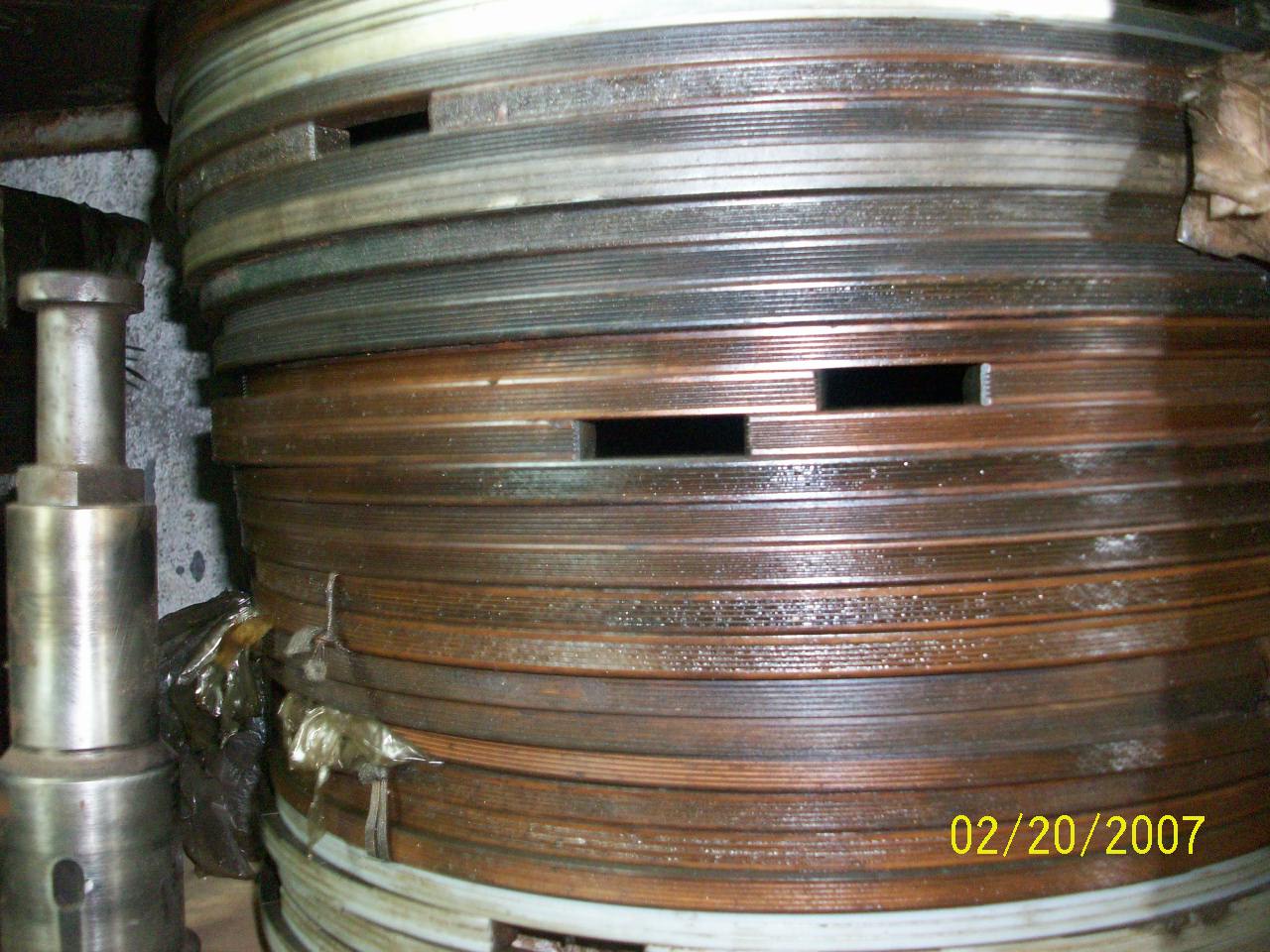
Marine diesel engines are pretty reliable machines, at least for most of the time. If you feed them with clean diesel oil and lots of air, change the fuel filters regularly, use adequate lubricant, and carry out regular maintenance, they will often reward you with thousands of stress free hours of sailing. However, we all have off days and marine diesel engines are no exception. Arm yourself with these troubleshooting nuggets of advice and you will become a self-styled diesel doctor.
Poor starting
You’ve made awesome plans for the weekend but your boat is quickly throwing a spanner in the works by stubbornly failing to start. To find the problem and fix it, a little understanding of how the engine functions is the first step. When air gets into the engine, it is compressed and heated. When fuel and the heated air come into contact, ignition occurs and the engine starts.

Therefore, poor starting may be caused by a lack of sufficient air (blocked filters) or cold air which may be a consequence of failed glow plugs or weak compression. Weak compression is usually the culprit if your engine has been gradually getting harder to start. The likeliest cause of poor starting however, is batteries. Ensure all connections have clean contacts, but this will not solve the problem if the battery is weak and old, so consider getting a new one to fix the issue for good.
Black smoke, white smoke
You shouldn’t be able to see any smoke coming out through the exhaust of a healthy engine, so if your boat produces any smoke, there is a problem somewhere. Black smoke is fairly common, and it this is a sign that some unburned fuel is being emitted together with the exhaust gases.

One cause may be clogged injectors resulting in poorly atomised fuel, meaning you may have to get a professional to remove and service them because they have to be reassembled to precise standards. In most cases, black smoke is caused by overloading which results in maximum fuel being injected into the engine, but its slow turning results in unused fuel. Since the boat bottom is badly fouled, reduce the throttle setting and make do with slower speeds. Of course you have to address the overloading.
White smoke actually results from water vapour, and it is often seen when the boat is getting started. If it persists, the fuel may be mixing with water, or a cracked cylinder is allowing cooling water to get in. White smoke is often a sign that one cylinder is not firing, meaning there is a loss of power from the engine.
Overheating engine
If the engine is overheating and you run the boat in this state, serious damage may result. It occurs when the normal heat emitted by the engine doesn’t get discharged out fast enough. The problem may be caused by lack of adequate fresh water in the engine, a jammed thermostat or a faulty fresh water pump. If the water strainer gets partially clogged, less water will be allowed in or if the pump impeller malfunctions, the water will not be pushed through the heat exchanger.
Finally, if the heat exchanger blocks, insufficient water will flow. Go through the three stages to get to the root of the problem. You may have to remove the end caps so as to do some flushing and cleaning but often the whole assembly has to be removed. Some engines may suffer from persistent overheating in the summer because the temperature of the water in the sea is already high.
As you keep on troubleshooting your marine diesel engine and fixing the problems, your knowledge and expertise will grow. However, you have to start somewhere, and this guide should help you to begin to understand what can go wrong and how to fix it.
Troubleshooting Your Marine Diesel Engine,






